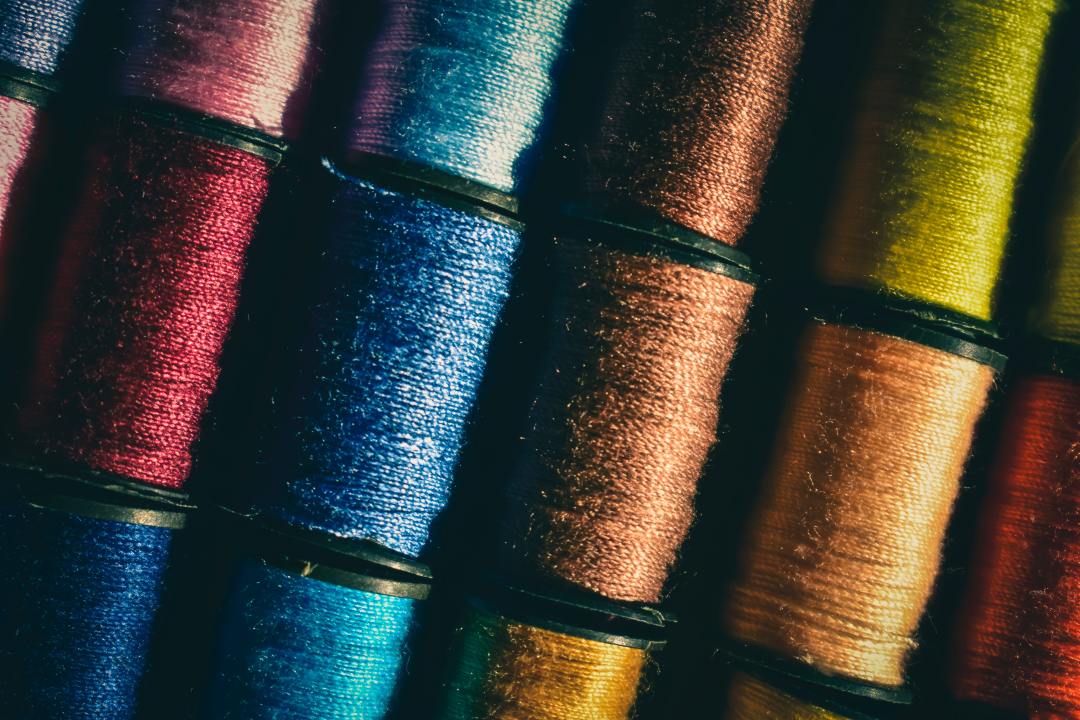In the previous fabric articles, we talked about natural fibers.
Today we change the taste and talk about man-made fiber – viscose~
Don’t rush to row away, Man-made fibers also have their own advantages~

Viscose fiber properties
Viscose fiber, also known as viscose fiber, is a type of man-made fiber and the second largest chemical fiber variety in China.
Viscose fiber is also called wooden tencel. Because of its special nano-thread molecular structure, it is like a pipe for air circulation on the surface of the fabric, ensuring sufficient oxygen circulation and locking It retains moisture, so it has a very good humidity control effect.

Because viscose fiber has excellent spinnability, it is often blended, interwoven, and used with cotton, wool or various synthetic fibers. For all kinds of clothing and decorative textiles.
The viscose fiber developed in the 1950s has basically overcome the shortcomings of the past. Its fabric fastness, water resistance, and morphological stability are close to high-quality cotton.

Viscose fiber properties
Viscose fiber can be widely used because of its very good performance.
In addition to good hygroscopicity and breathability, viscose fiber also feels smooth and silky to the touch.
Compared with cotton and linen, viscose fiber has good dyeability and is not easy to fade.

Viscose fiber is not prone to static electricity and is suitable for making underwear, outerwear, quilt tops and decorative fabrics.
Viscose fiber also has properties such as UV protection, insect resistance and heat resistance, and is widely used.

However, the elasticity of viscose fiber is very poor, and it is easy to wrinkle and not stiff.
At the same time, viscose fiber is not resistant to washing, wear-resistant, easy to fluff, and has a relatively high shrinkage rate.







